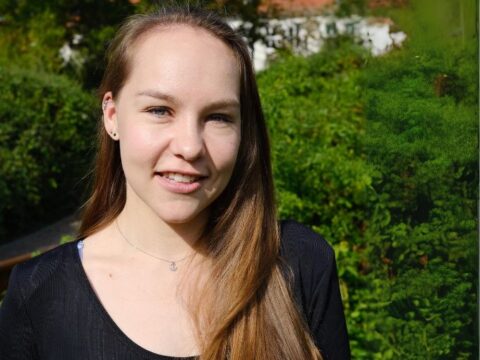
Dr Betty Tijms
Name:
Dr Betty Tijms
Job title:
Associate Professor
Place of work / study:
Alzheimer center, department of Neurology, Amsterdam UMCs, the Netherlands / ISTAART Neuroimaging PIA
Area of Research:
My research focusses on better understanding interindividual differences in the early stages of Alzheimer’s disease that are related to developing dementia, through MR imaging and CSF proteomic analyses.
How is your work funded?
My current projects are funded through the Netherlands Organisation for Health Research and Development (ZonMW) through the Dementia Research and Innovation Programme, and JPND.
Tell us a little about yourself:
I am fascinated by the brain’s capability to learn and adjust itself in health and disease, through brain plasticity mechanisms. To better understand this, I first studied psychology, and after that, I pursued a PhD in Neuroinformatics at the University of Edinburgh. During this PhD, I invented an analysis technique to describe grey matter networks in single-subjects using MRI. My invention made it possible to associate brain network measures with other individual based measures, like disease severity, which wasn’t possible with previous methodologies. After my PhD, I moved to Alzheimer’s disease research, where I focussed on studying the relationship of changes in brain networks and cognitive decline in AD. I have received several personal grants from the Netherlands organisation for health research and development, which helped establishing my own group to continue investigating grey matter networks in early AD. Recently, I also became interested in studying cerebrospinal fluid proteomics as an additional technique as well, because I think this is one of the most comprehensive measures to get more insight into interindividual differences in underlying pathophysiological processes. One of the first results from this line of research is our discovery that at least three subtypes exist in AD that show disruptions in very distinct biological processes. Now I am combining these lines of research to better understand the biological processes that can explain loss of grey matter connectivity, with the ultimate goal to prevent network breakdown and make the brain resilient against disease.
Tell us a fun fact about yourself:
The sum of the first 7 prime numbers is a number that corresponds to the day and month of my birthday.
Why did you choose to work in dementia?
Causes of dementia often start a very long time before symptoms manifest. I think that brain plasticity mechanisms can explain this delay between the start of pathological protein aggregation and clinical symptoms. It would be tremendous if we could figure out how the brain does this and find ways to delay or prevent dementia, since it afflicts so many people worldwide. What I like most about this field is that the disease complexity attracts scientists from all sorts of backgrounds and disciplines to jointly work on a solution. This is what science should be about, because together you are stronger than on your own!

 Print This Post
Print This Post





